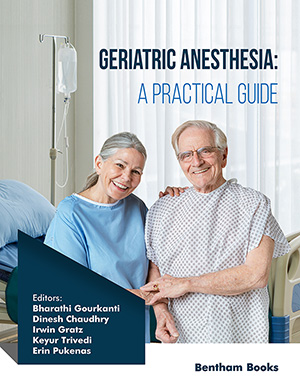Abstract
Timing of treatment of aneurysmal subarachnoid hemorrhage has been controversial. This retrospective study was designed to access the safety and efficacy among cohorts of different timing of endovascular treatment patients with aneurysmal subarachnoid hemorrhage. A database of patients with aneurysmal subarachnoid hemorrhage was analyzed who were confirmed by CT, and underwent endovascular treatment between January 2005 and January 2012,. The patients were grouped into four cohorts according to the timing of treatment: ultra-early cohort (within 24 hours of onset which was confirmed by CT), early cohort (between 24 and 72 hours of onset which was confirmed by CT), intermediate cohort (between 4 and 10 days of onset which was confirmed by CT) and delayed cohort (after 11 days of onset which was confirmed by CT). Patient demographics, aneurysms features and clinical outcomes were analyzed to evaluate safety and efficacy for timing of endovascular treatment among four cohorts. In our series of 664 patients, 269 patients were grouped into ultra-early cohort, 62 patients in early cohort, 218 patients in intermediate cohort, and 115 patients in delayed cohort. The patient demographics, aneurysm characteristics and neurological conditions on admission among groups showed no statistical significance. As a result of the 9-month follow-up with 513 patients, good outcome (mRS<2) was achieved in 78% patients in “ultra-early” cohort compared with that of 57% in the “intermediate” group(p=0.000), whereas other comparisons showed no statistical significance(p>0.05) among the four groups. Dividing the patients with dichotomized mRS into “good outcome” group and “poor outcome” group (mRS>2) at the 9-month follow-up, the results showed lower Hunt-Hess scores (p=0.000) and smaller size of aneurysms (p=.001) which were correlated with the good outcome. Hypertension (p=0.776), age (p=0.327), sex (p=0.551) and location (p=0.901) showed no statistical significance between groups. Endovascular treatment of aneurysmal subarachnoid hemorrhage which was confirmed by CT within 72 hours achieved better outcomes than that confirmed after 72 hours, especially in those patients treated within 24 hours of onset in comparison with patients treated between 4 and 10 days.
Keywords: Clinical outcomes, Endovascular treatment, Follow-up, Intracranial aneurysmal, Subarachnoid hemorrhage, Timing.




























